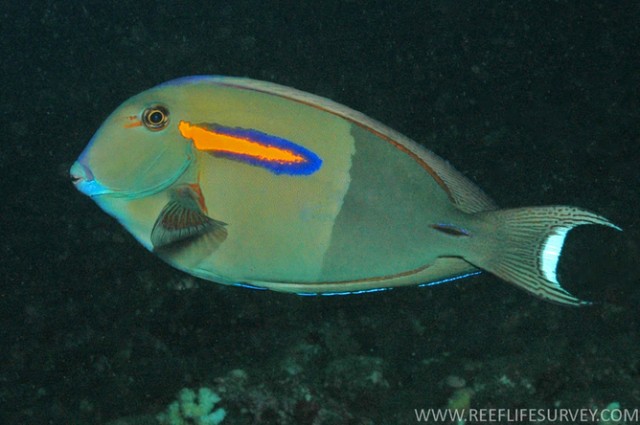The oceans are warming and the warmer water is working its way father from the equator and taking tropical marine life with it.
A recent story about how the famous East Australian current (the famous “EAC” used by the migrating sea turtles in the Finding Nemo fame) discusses how it is bring warmer water to southern areas and with it, larval marine life.
The current is home to many creatures in the larval stage that can travel thousands of miles and many months before finding a suitable habitat to call home. The new warmer environments are providing new homes for these creatures that is also impacting current ecosystems.
The article discusses how tropical herbivorous fish — parrotfish and surgeonfish for example — are settling in around the Solitary Islands off the New South Wales Coast in Australia. These fish are decimating kelp beds allowing coral larvae transported on the EAC to drop in and grow where there used to be kelp and seaweed.
The main image at the top of this post shows an orange blotch surgeonfish, found in warmer waters in the northern areas of Australia, has been moving south into New South Wales. (Photo credit: Graham Edgar, Reef Life Survey).
This begins to push the animals that used to live in these habitats even farther south. According to reports from recreational fishers, naturalists and scientists there are almost 50 newly arrived species off the coast of Tasmania.
The long spined sea urchin, which creates ‘barrens’ by grazing seaweeds, has become established in warming seas off Tasmania. John Turnbull / Flickr
One invasive species has moved in and is creating quite a disruption. The long spined or black sea-urchin that grazed kelp has been pushed out and found other seaweed beds to eat, creating vast barrens on rocky reefs all the way to southern Tasmania.
This trickle-down effect means there is limited real estate for the animals that used to call these cooler water environments home. With no room to go, rising temperatures and invading species could easily drive this and other species off Tasmania to extinction. And this is not just a phenomenon happening in Australia, this could easily happen off the coast of North America, South America, Africa and Asia.




